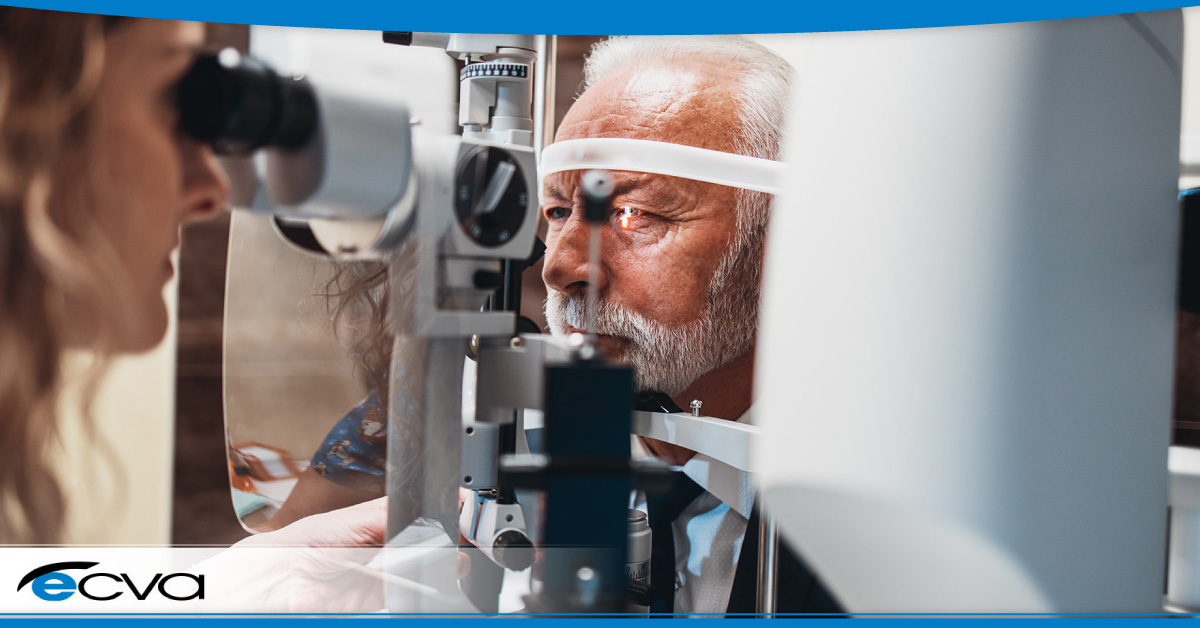In the world of ophthalmology, corneal cross-linking (CXL) stands out as a momentous advancement in treating corneal disorders. The procedure has significant potential benefits for people with specific cornea-related conditions. Here’s an overview of CXL, the individuals who stand to benefit most from this treatment, and how to set realistic expectations for the recovery process post-procedure.
Understanding Corneal Cross-linking
Corneal cross-linking is a minimally invasive procedure designed to strengthen the cornea, the eye’s clear, protective outer layer. The essence of CXL lies in its ability to enhance the corneal fibers’ bonds, thereby increasing the cornea’s structural integrity. This is achieved by applying riboflavin (vitamin B2) drops to the eye, which are then activated by ultraviolet (UV) light. The interaction between the riboflavin and UV light triggers the formation of new collagen bonds within the cornea, making it more robust and resistant to deformation.
Who Stands to Benefit?
CXL is primarily targeted at individuals suffering from keratoconus, a progressive eye disorder where the cornea thins and gradually bulges outward into a cone shape, causing vision distortion. It is also beneficial for patients with other ectatic disorders or those experiencing corneal weakening due to refractive surgery.
CXL can prevent further vision deterioration by halting the progression of corneal deformation. It can also avert the need for corneal transplants in advanced cases, allowing patients to avoid a more invasive and higher-risk procedure.
The Procedure and Recovery Expectations
The CXL procedure is performed on an outpatient basis and typically takes about an hour. In most cases, patients should anticipate a relatively straightforward recovery process, although experiences can vary.
Immediately following the procedure, it’s common to experience some level of discomfort. Additionally, light sensitivity and a foreign body sensation in the eye aren’t uncommon. These symptoms are usually transient. Plus, they can typically be managed with medications prescribed by the treating ophthalmologist.
Most individuals can return to normal activities within a few days, but it’s crucial to meticulously adhere to post-procedure care instructions. This includes wearing an eye patch or protective shield as advised, avoiding rubbing the eyes, and attending follow-up appointments to monitor healing and corneal stabilization.
Ultimately, corneal cross-linking represents a beacon of hope for individuals grappling with keratoconus and similar corneal conditions. Its ability to fortify the cornea and arrest the progression of diseases makes it a pivotal treatment in the field of eye health. As with any medical procedure, patient education and setting realistic expectations are key to a successful outcome. Those considering CXL should consult with a qualified ophthalmologist to discuss their suitability for the procedure and to gain a comprehensive understanding of the recovery process.
Find The Best Cornea Specialist in Buffalo
At ECVA, we’re dedicated to guiding our patients toward the best possible outcomes. Whether you’re exploring the potential of corneal cross-linking or seeking comprehensive eye care, our team is here to support you every step of the way. Don’t let uncertainty cloud your vision – schedule an appointment at your nearest ECVA clinic today.







